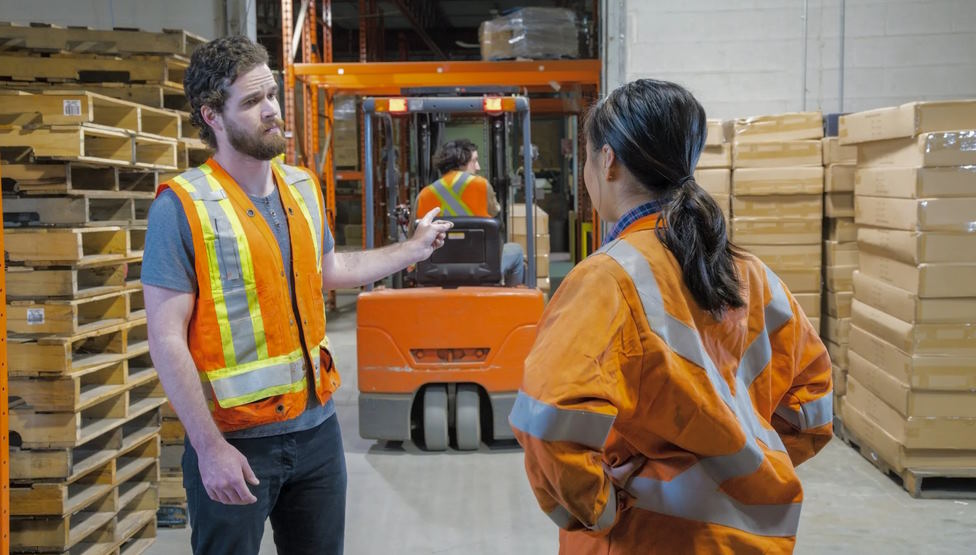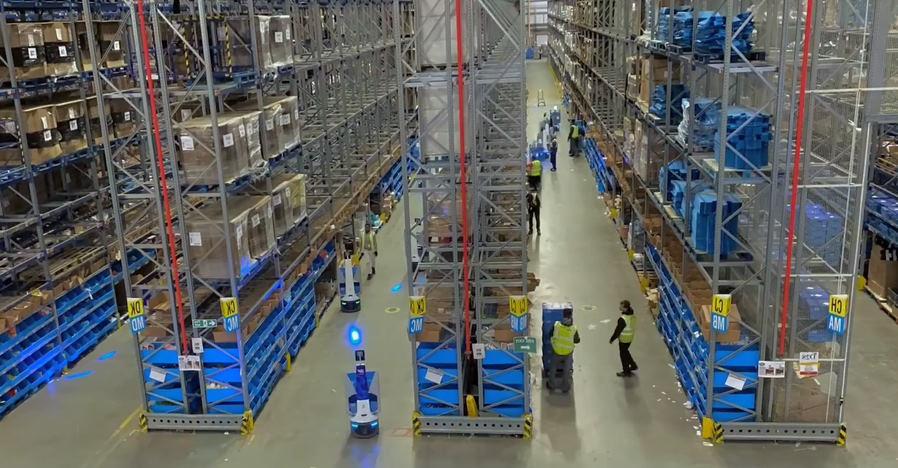In any workplace, conflicts are bound to arise, and the technical industry is no exception. As the industry continues to grow and evolve, so do the potential conflicts that arise in the workplace. Therefore, it’s essential to have effective conflict resolution and mediation techniques in place to ensure a productive and harmonious work environment.
Conflict Resolution and Mediation Techniques
Effective conflict resolution and mediation techniques are essential in any workplace, especially in the technical industry, where teams work together to develop and implement complex technological solutions. There are two primary techniques used in conflict resolution and mediation: conflict resolution techniques and mediation techniques.
Conflict resolution techniques are strategies used to manage conflicts by addressing the underlying issues and finding a mutually acceptable solution. These techniques can include compromising, collaborating, accommodating, competing, and avoiding. Compromising involves finding a middle ground where both parties can agree on a solution. Collaborating involves working together to find a win-win solution. Accommodating involves one party giving in to the other party’s demands. Competing involves taking a firm stand and fighting for one’s position. Avoiding involves ignoring the conflict altogether.

On the other hand, mediation techniques involve bringing in a neutral third party to facilitate communication and negotiation between the conflicting parties. Mediation techniques can include active listening, reframing, summarizing, and probing. Active listening involves listening to each party’s concerns and emotions. Reframing involves rephrasing each party’s position to promote understanding. Summarizing involves summarizing each party’s position to ensure that all parties understand the issues. Probing involves asking open-ended questions to gather more information and clarify each party’s position.
It’s essential to select the right technique for the situation to achieve a successful outcome. Each situation is unique and requires a different approach, and the chosen technique must match the specific conflict. The mediator plays a crucial role in resolving conflicts, as they must be impartial and neutral while guiding the parties towards a mutually acceptable solution. Mediators should have excellent communication and negotiation skills, and they must remain objective throughout the process.
Best Practices for Implementing Conflict Resolution and Mediation in the Technical Industry
While conflict resolution and mediation techniques are essential in the technical industry, implementing them effectively can be a challenge. To ensure that conflict resolution and mediation are integrated successfully in the workplace, it’s crucial to follow some best practices.

The first best practice is to identify potential conflicts early. Early detection of conflicts allows management to take swift action to address them before they escalate. This can be achieved by creating a culture of open communication where employees feel comfortable reporting conflicts without fear of retaliation.
The second best practice is to provide conflict resolution and mediation training for employees and managers. Training can help employees and managers develop effective communication and negotiation skills, as well as teach them how to identify, manage, and resolve conflicts. Providing training will also ensure that everyone is on the same page regarding the process and the techniques used.
The third best practice is to encourage open communication and active listening. This practice promotes the sharing of ideas and concerns and can prevent conflicts from escalating. It’s essential to create a culture of mutual respect, where each employee’s opinion is valued.
The final best practice is to develop a conflict resolution and mediation policy. This policy should outline the steps for reporting and resolving conflicts and provide guidelines for the selection of the appropriate conflict resolution or mediation technique. The policy should also identify the mediator responsible for resolving conflicts and the process for escalating unresolved conflicts.
